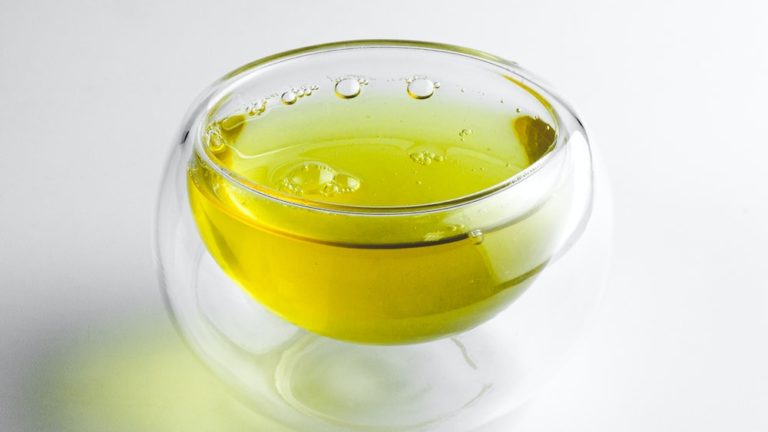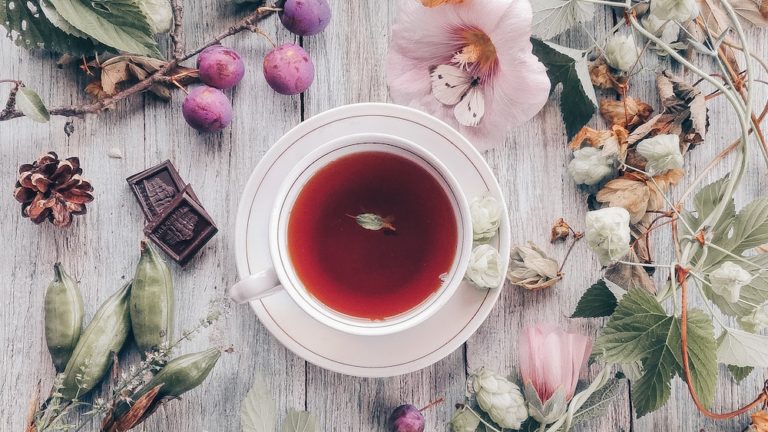Is Matcha Tea Sweet? Discover The Natural Sweetness Of Matcha And Its Flavor Notes
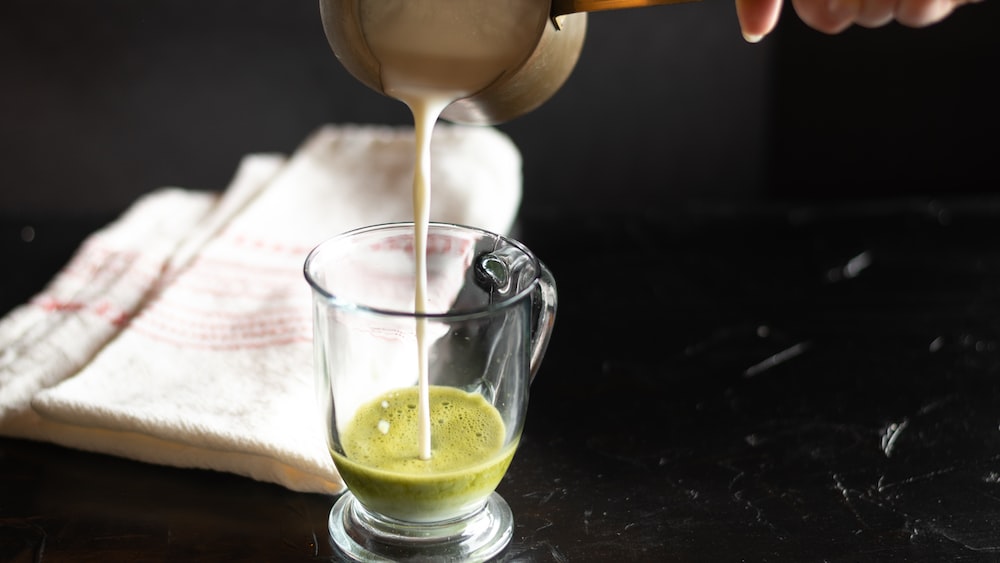
Is Matcha Tea Sweet? Discover The Natural Sweetness Of Matcha And Its Flavor Notes
Welcome to our blog post on matcha tea and its natural sweetness! Matcha tea has gained popularity in recent years as a refreshing and healthy beverage. In this article, we will explore the world of matcha tea, its taste profile, different grades, and how to enhance its natural sweetness. Whether you’re a matcha enthusiast or new to this vibrant green tea blend, join us on this flavorful journey to discover the unique characteristics of matcha and its delightful sweetness.
Understanding Matcha Tea
Before diving into the taste and sweetness of matcha tea, let’s first understand what matcha tea is. Matcha tea is a finely ground powder made from specially grown green tea leaves. Unlike other teas, matcha comes from shade-grown tea plants, which are covered to enhance the production of chlorophyll and amino acids. This shading process gives matcha its vibrant green color and distinct flavor. The leaves are carefully harvested, steamed, dried, and ground into a fine powder, resulting in a beverage that is rich in flavor and nutrients.
What is Matcha Tea?
Matcha tea, also known as powdered green tea, has its roots in Japanese tea ceremonies dating back centuries. The word “matcha” literally means “powdered tea” in Japanese. Traditionally, matcha is prepared by whisking the powdered tea with hot water until it becomes frothy. This method not only extracts the flavor from the tea leaves but also creates a visually appealing and meditative experience. Today, matcha has become popular worldwide and is used in various culinary creations, such as matcha drinks, matcha lattes, and green tea lattes.
Matcha tea, also known as powdered green tea, has its roots in Japanese tea ceremonies dating back centuries.
The Origin of Matcha Tea
Matcha tea has a fascinating history that traces back to China during the Tang Dynasty (618-907 AD). The tea leaves were steamed and compressed into small bricks, which were then ground into a powder. This powdered tea preparation method was later adopted by Zen Buddhist monks in Japan, who introduced matcha tea and its ceremonial rituals. The cultivation and production of matcha tea were refined over time, with Japan becoming the primary producer and exporter of high-quality matcha. Today, matcha is enjoyed not only for its cultural significance but also for its unique flavor and health benefits.
Culinary Grade Matcha
Culinary grade matcha is a type of matcha tea that is primarily used for cooking and baking purposes. While it may not have the same high-quality flavor profile as ceremonial grade matcha, culinary grade matcha still possesses its own unique characteristics that make it a versatile ingredient in the kitchen.
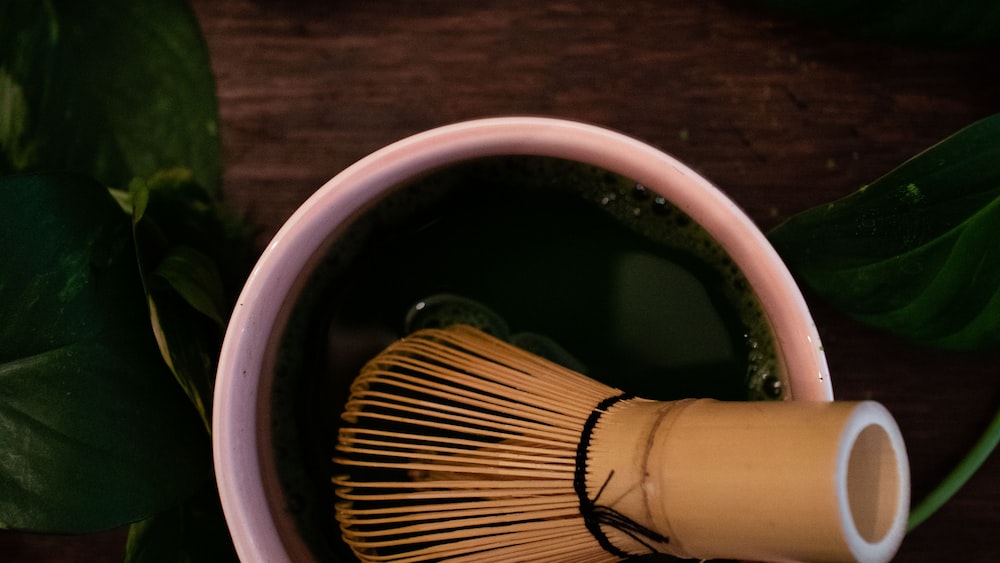
Culinary grade matcha is made from leaves that are slightly older and more mature than those used for ceremonial grade matcha. These leaves are typically harvested later in the season and may have a slightly bitter taste compared to their ceremonial grade counterparts. However, this bitterness can be balanced out or even enhanced when used in recipes that call for sweet ingredients. The flavor of culinary grade matcha can range from earthy and grassy to slightly nutty, depending on the specific product and brand.
Despite its slightly different taste profile, culinary grade matcha still offers the same health benefits as ceremonial grade matcha. It is packed with antioxidants, vitamins, and minerals that can support overall well-being. Its versatility in the kitchen allows for the creation of a wide range of dishes, including matcha-flavored desserts, smoothies, sauces, and even savory dishes like matcha-infused pasta or risotto.
Culinary grade matcha is an excellent choice for those who want to experiment with matcha in their cooking or baking endeavors. Its affordability and availability make it a popular choice among home cooks and professional chefs alike. Whether you’re a seasoned matcha enthusiast or new to the world of matcha, culinary grade matcha can offer a delightful culinary experience that will impress both you and your taste buds.
Nutritional Value of Matcha Tea
Matcha tea is not only known for its unique flavor and vibrant green color but also for its impressive nutritional profile. This powdered green tea is packed with antioxidants, vitamins, and minerals that provide numerous health benefits. One of the key components of matcha tea is catechins, which are a type of antioxidant known for their disease-fighting properties. Matcha tea is especially rich in a catechin called epigallocatechin gallate (EGCG), which has been linked to various health benefits, including reduced risk of heart disease and improved brain function.
In addition to catechins, matcha tea also contains vitamins and minerals such as vitamin C, vitamin A, potassium, and calcium. These nutrients contribute to the overall health-promoting properties of matcha tea. Vitamin C, for example, supports immune function and collagen production, while calcium and potassium are essential for healthy bones and muscles. Matcha tea is also a source of amino acids, including L-theanine, which has been found to promote relaxation, focus, and mental clarity.
The nutritional value of matcha tea makes it an excellent addition to a balanced diet. Incorporating matcha tea into your routine can contribute to overall well-being and provide a natural boost of nutrients to support a healthy lifestyle.
How Matcha Tea Affects Your Health
Matcha tea offers a range of health benefits due to its unique composition and preparation method. One of the key ways matcha tea affects your health is through its high concentration of antioxidants. Antioxidants help to neutralize harmful free radicals in the body, which can reduce the risk of chronic diseases such as heart disease, cancer, and inflammation.
Another way matcha tea affects your health is through its caffeine content. Matcha tea contains a moderate amount of caffeine, which provides a natural energy boost without the jitters often associated with coffee. The combination of caffeine and L-theanine, an amino acid found in matcha tea, promotes a calm yet alert state of mind, enhancing focus and concentration.
Matcha tea is also known for its potential weight management benefits. The catechins in matcha tea have been shown to boost metabolism and increase fat oxidation, which may aid in weight loss or weight maintenance. Additionally, matcha tea can help control appetite and reduce cravings, making it a valuable addition to a balanced diet.
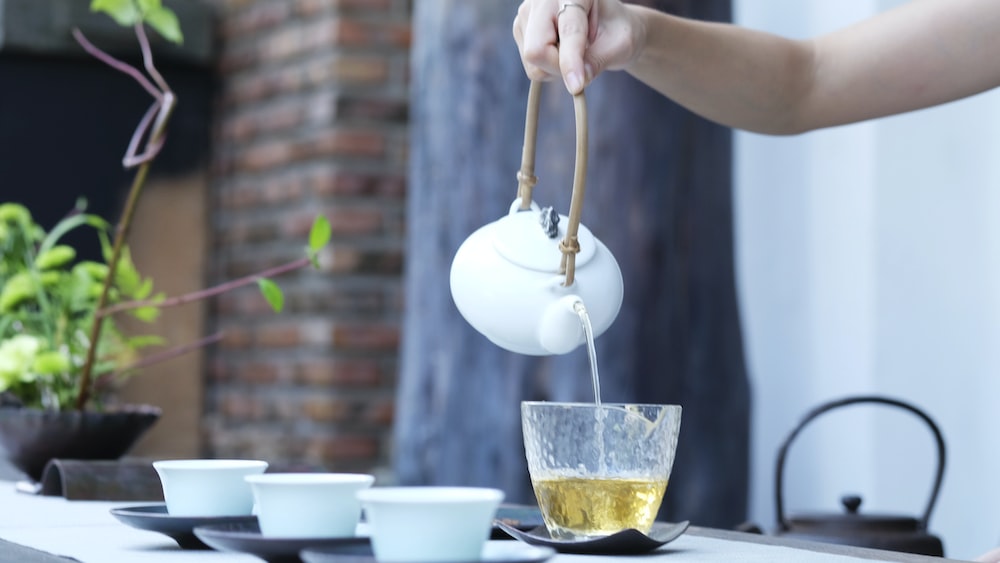
Overall, incorporating matcha tea into your daily routine can have a positive impact on your health and well-being. Its unique combination of antioxidants, caffeine, and other beneficial compounds make it a powerful beverage for promoting overall vitality.
Matcha tea offers a range of health benefits including high concentration of antioxidants, moderate caffeine content for energy boost, and potential weight management benefits.
FAQs
1. Does the sweetness of Matcha Tea come from added sugar?
The sweetness of matcha tea does not come from added sugar. Matcha tea has a naturally sweet flavor that is derived from the growing and processing of the tea leaves. The shading process, where the tea leaves are covered for a few weeks before harvest, enhances the sweetness and umami (savory) flavors in the leaves. This natural sweetness is one of the distinguishing characteristics of high-quality matcha tea. Therefore, you can enjoy the sweet taste of matcha tea without any added sugars or sweeteners.
2. Can I add sweeteners to my Matcha Tea?
While matcha tea already has a natural sweetness, some individuals may prefer a sweeter taste. If you want to add sweeteners to your matcha tea, it is best to use natural options such as honey, agave syrup, or stevia. These sweeteners can enhance the flavor without overpowering the delicate taste of matcha. However, it is important to note that adding sweeteners may alter the nutritional profile of matcha tea, so it’s recommended to enjoy it in its natural state to fully experience its health benefits.
3. How does the sweetness of Matcha Tea compare to other teas?
Compared to other teas, matcha tea has a unique sweetness that sets it apart. While black and green teas often have a slightly bitter or astringent taste, matcha tea exhibits a smooth, sweet flavor with earthy undertones. This sweetness can vary depending on the grade of matcha tea, with higher grades typically having a more pronounced natural sweetness. The preparation method of matcha tea also contributes to its distinctive taste, as the powdered form allows for a more concentrated flavor experience. Overall, matcha tea offers a delightful balance of sweetness, umami, and herbal notes that make it a favorite among tea connoisseurs.
4. What are the best brands of Matcha Tea for a sweet flavor?
When it comes to finding matcha tea with a sweet flavor, there are several reputable brands to consider. Some popular options known for their quality and taste include Ippodo Tea, Encha, and Aiya Matcha. These brands source their matcha tea from Japan, where the traditional cultivation and processing techniques ensure a high-quality product with a naturally sweet flavor profile. It’s important to look for matcha tea that is stone-ground from shade-grown tea leaves, as these factors contribute to the sweetness and overall quality of the tea. Exploring different brands and grades of matcha tea can help you discover your preferred level of sweetness and flavor intensity.





